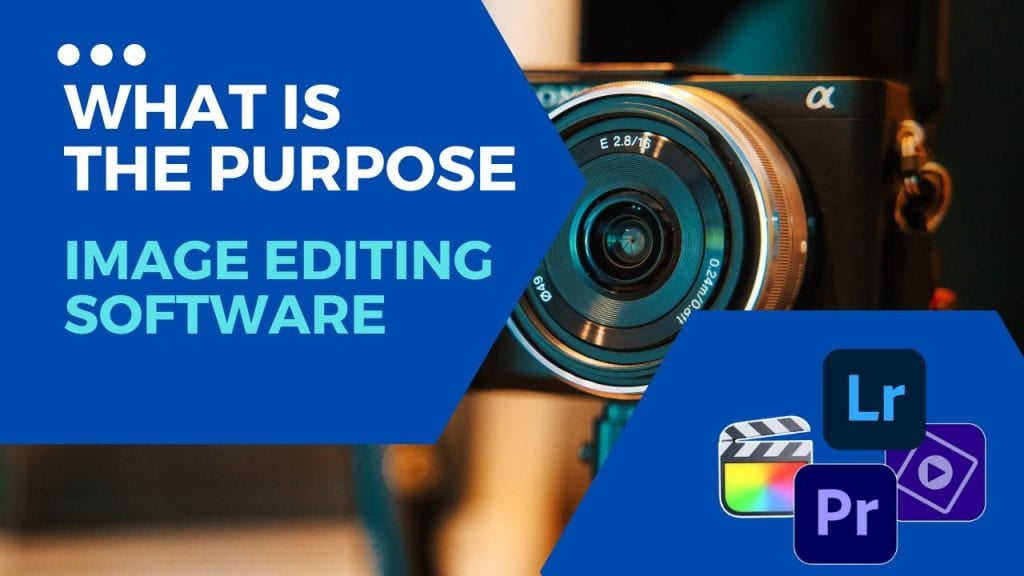
In the ever-evolving world of real estate, first impressions are everything. As we dive into 2024, real estate photography continues to be a pivotal factor in capturing attention and selling properties. The trends in this field are increasingly driven by advancements in technology, shifts in consumer expectations, and evolving aesthetic preferences. Here’s a look at what’s hot in real estate photography this year and how these trends are shaping the market.
1. Enhanced Virtual Tours
Virtual tours have become a standard in real estate marketing, but in 2024, they are more immersive and engaging than ever before. The evolution of 360-degree photography and virtual reality (VR) has revolutionized how potential buyers experience properties online. Here are the key developments:
a. High-Definition 360-Degree Tours
With advances in camera technology, 360-degree tours now offer crystal-clear, high-definition visuals. This high resolution allows for a more accurate representation of a property’s details, helping buyers feel as if they’re walking through the home in person. This trend is particularly effective for high-end properties where showcasing intricate details and spacious layouts is crucial.
b. Interactive Elements
Modern virtual tours are not just about viewing rooms but interacting with them. Features like clickable hotspots that provide additional information about specific areas, materials, or design elements enhance the user experience. For instance, clicking on a kitchen island could bring up details about the countertops or appliances.
c. VR Integration
While VR headsets are not yet ubiquitous, they are gaining traction among tech-savvy buyers. Real estate agents are increasingly offering VR experiences that allow prospective buyers to explore properties in a fully immersive environment. This is especially useful for out-of-town buyers who cannot visit in person.

2. Drone Photography
Drone photography continues to soar in popularity, offering a bird’s-eye view that traditional photography cannot match. In 2024, drone technology is more advanced and accessible than ever, leading to several notable trends:
a. Aerial Footage and Property Layouts
Aerial shots provide a comprehensive view of the property and its surroundings, which is particularly valuable for large estates or properties with extensive land. Drones can capture unique angles and layouts, helping buyers understand the property’s scale and location in relation to nearby amenities and landscapes.
b. Cinematic Drone Videos
The trend towards cinematic drone footage is gaining momentum. High-definition drone videos with smooth, cinematic movements can create a compelling narrative of the property. These videos can highlight not only the property but also the lifestyle that comes with it, appealing to buyers on an emotional level.
c. Integration with Social Media
Drones are making it easier to create engaging content for social media platforms. Short, eye-catching drone clips are perfect for Instagram, Facebook, and TikTok, helping to generate buzz and attract potential buyers.

3. AI-Enhanced Photography
Artificial Intelligence (AI) is transforming real estate photography by automating processes and enhancing image quality. Here’s how AI is making its mark:
a. Automated Image Editing
AI-powered editing tools can streamline the post-processing workflow. From automatically adjusting lighting and color balance to removing imperfections and optimizing image quality, these tools save time and ensure a consistent, professional look across all property photos.
b. Virtual Staging
Virtual staging, where furniture and decor are digitally added to empty rooms, is becoming increasingly sophisticated. AI algorithms can now create more realistic and tailored virtual staging, allowing buyers to visualize the potential of a space without the need for physical staging.
c. Smart Image Analysis
AI can analyze images to provide insights into how buyers might perceive them. For example, AI tools can identify which aspects of a photo are most likely to attract attention and suggest adjustments to improve engagement.

4. High Dynamic Range (HDR) Photography
HDR photography is becoming a staple in real estate photography. This technique involves capturing multiple exposures of the same scene and combining them to create a single image with a greater range of colors and details. Here’s why HDR is trending:
a. Improved Detail and Clarity
HDR photography allows for better detail and clarity in both bright and dark areas of a photo. This is especially useful for interiors with varied lighting conditions, ensuring that all elements of a room are well-represented.
b. Enhanced Aesthetic Appeal
HDR images often have a striking, almost hyper-real quality that can make listings stand out. The ability to showcase a property in the best light possible can be a key factor in attracting potential buyers.

5. Focus on Lifestyle and Storytelling
In 2024, real estate photography is increasingly focused on storytelling and lifestyle. It’s not just about showcasing a property but also conveying the experience of living in it. This trend manifests in several ways:
a. Lifestyle Photography
Lifestyle photography aims to capture the essence of life in the home. This might include images of the property being used in ways that highlight its potential for entertaining, relaxing, or family life. For example, showing a family enjoying a backyard barbecue or a couple having coffee on a cozy balcony can help buyers envision themselves in the space.
b. Storytelling Through Visuals
Storytelling is becoming a crucial aspect of real estate photography. Agents and photographers are using visual narratives to create a compelling story around the property. This might involve a series of photos that showcase the flow of the home, the functionality of different spaces, and the overall lifestyle that the property offers.
c. The Human Touch
Including people in real estate photos can add warmth and relatability. Photos with actors or models can help potential buyers see how the space is used and feel a connection to the home. This trend is particularly effective in marketing family homes or properties aimed at young professionals.

6. Eco-Friendly Photography
With growing awareness of environmental issues, eco-friendly practices are becoming important in real estate photography. Here’s how sustainability is influencing the field:
a. Digital Delivery
Digital delivery of photos and virtual tours reduces the need for physical materials and printing, aligning with eco-friendly practices. By providing clients with digital assets, photographers can minimize their environmental footprint.
b. Sustainable Equipment
Photographers are increasingly adopting equipment and practices that have a lower environmental impact. This might include using energy-efficient lighting and cameras or adopting practices that reduce waste.

7. Personalization and Customization
Customization is becoming a key trend in real estate photography. Properties are being marketed with a focus on appealing to specific buyer demographics. Here’s how this trend is evolving:
a. Tailored Imagery
Photographers are creating tailored imagery that resonates with the target audience. For instance, high-end properties might feature luxurious and sophisticated visuals, while family homes might emphasize warmth and comfort.
b. Data-Driven Insights
Using data to understand buyer preferences allows for more personalized photography. Analyzing which types of images and styles resonate with different buyer segments can help create more effective marketing materials.
Conclusion
As we move through 2024, real estate photography is more dynamic and sophisticated than ever. From enhanced virtual tours and drone photography to AI-powered editing and lifestyle storytelling, these trends are shaping the way properties are presented and perceived. Embracing these trends can help real estate professionals stay ahead in a competitive market, ensuring that their listings not only attract attention but also resonate with potential buyers on a deeper level. Whether you’re a real estate agent, photographer, or a property seller, staying informed about these trends can help you leverage the latest techniques to make the most of your real estate marketing efforts.
Written By: Graphics View










































